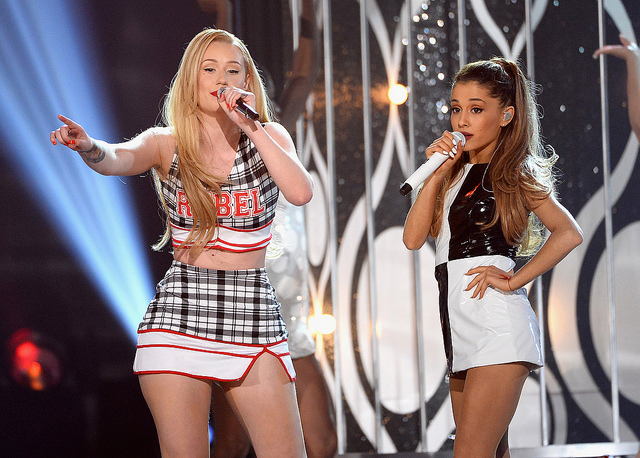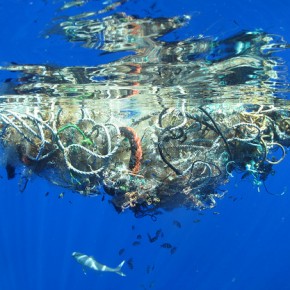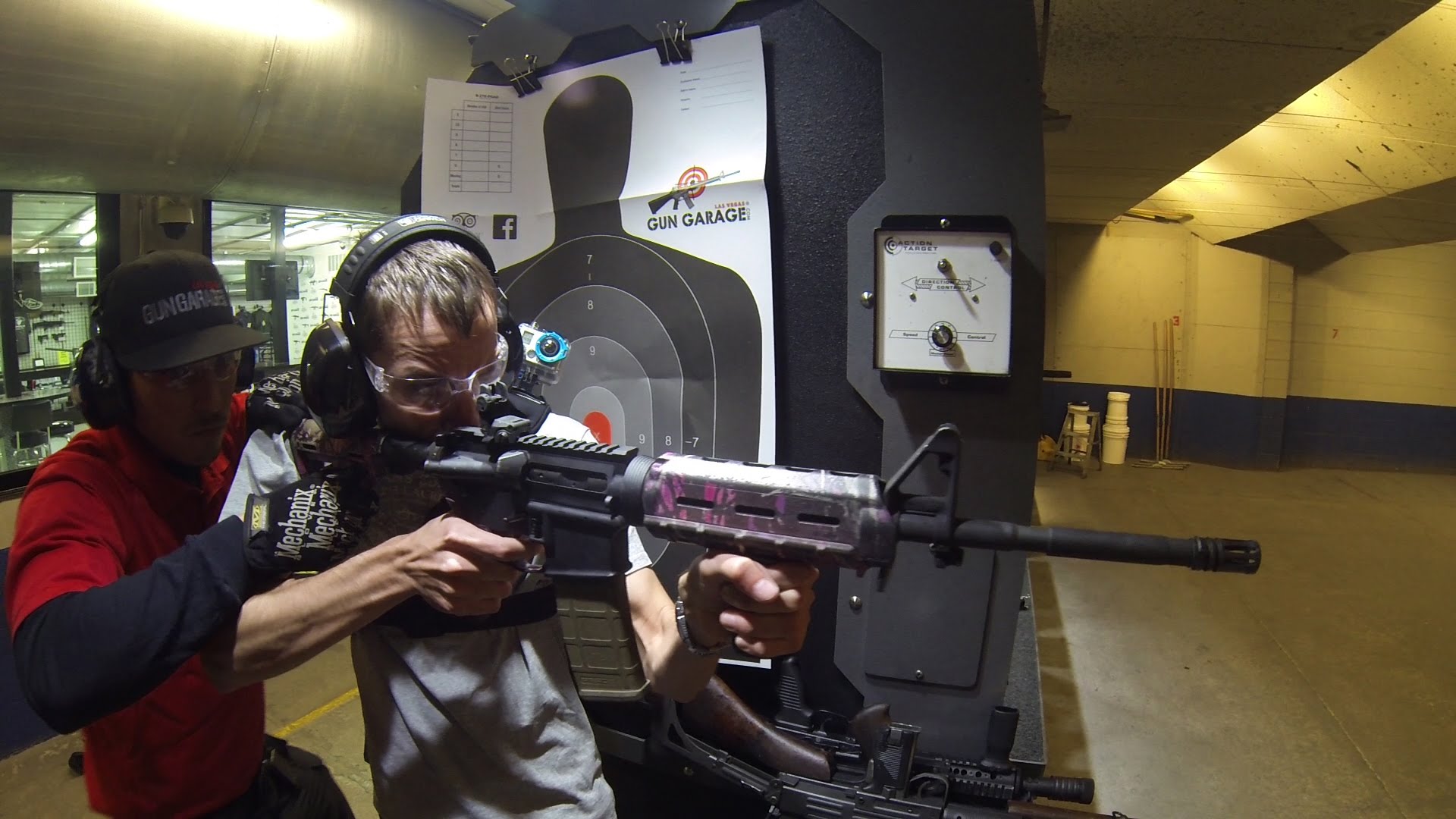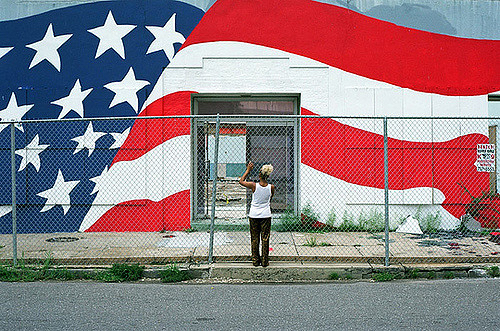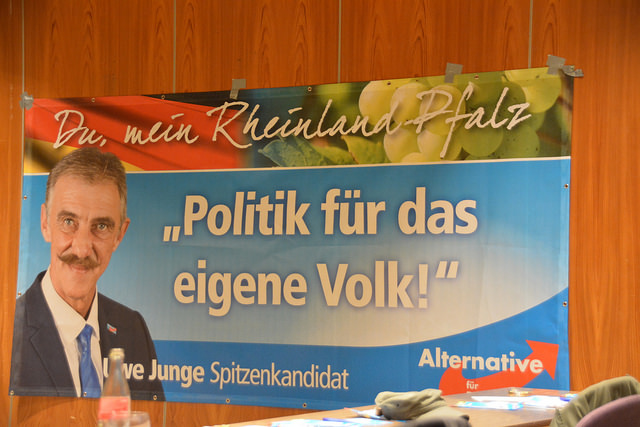First Iggy Azalea. Then Rachel Dolezal. Why are all these white girls playing black? Is it just for the currency? To advance their careers? Or does it point to some uncomfortable truths, something messy, something that is not easily categorized as a “black” or “white” issue? Do these women’s performance of race say something about America in general and the status of women in particular?
First, a disclaimer: Dolezal’s actions were dishonest and despicable. When people mistook Dolezal for an African-American woman, she had a duty to correct their misconception rather than embrace it. In fact, admitting that she is white would have been far more provocative—it would have forced those who considered her “black” to confront their ideas about race.
Instead, Dolezal took the easy—dare I say, profitable?—way out. As Errin Whack so concisely put it in Politico, Dolezal’s decision was “the epitome of white privilege.” And nothing I’m about to write is meant to excuse Dolezal’s actions or mitigate their harm. Nor do I deny that white privilege exists. It does.
Here’s where we need to distinguish between white privilege and human rights: White people don’t have to worry about getting shot or assaulted by police; they are not the victims of hate crimes. Physical safety and a sense of being secure in one’s environment are not privileges. It’s not a “privilege” to be able to walk down the street without worrying about being killed or beaten. It’s a human right. And, no doubt, there are countless examples that African-Americans’ human and civil rights are violated on a regular basis.
Still, both Azalea and Dolezal’s attempts at racial and cultural appropriation are worth examining through another lens: not the lens of race alone, not the lens of privilege or human rights—though those are also important conversations to have—but, rather, that at the intersection of race, gender, and class, as discussed in Debby D’Amico’s landmark 1970 essay, “To My White Working-Class Sisters.”
“We are the invisible women, the faceless women, the nameless women,” D’Amico writes, “…the female half of the ugly Americans… No one photographs us, no one writes about us, no one puts us on TV. No one says we are beautiful, no one says we are important. Very few like to recognize that we are here. We are the poor and working-class white women of America and we are cruelly and systematically ignored.”
D’Amico goes on to explain that she’s writing the essay for, among others, “all those people who have to be convinced of poor white existence, those same people who told us that because we are all white our lives are the same as those of the middle and upper class.”
***
Are things so different today? Is it more acceptable to be a poor white woman now than it was 45 years ago? Or does a poor white woman remain invisible?
And, if poor white women remain invisible, might “passing” for black be understood by these women as a way to gain visibility?
I don’t pretend to know anything about Dolezal’s socioeconomic background. But, for the sake of the intellectual exercise, let’s pretend that she is a poor white woman. Azalea claims to be. In “Work,” Azalea sings (raps?):
“Two feet in the red dirt, school skirt
Sugar cane, back lanes
Three jobs, took years to save
But I got a ticket on that plane
People got a lot to say
But don’t know shit about where I was made
Or how many floors that I had to scrub
Just to make it past where I am from
No money, no family
Sixteen in the middle of Miami…”
If inclusion in mainstream white society is still as D’Amico defined it all those years ago—as a middle or upper class, consumerist lifestyle—then what race do Azalea and an (imagined poor version of) Dolezal belong to? If they are neither black nor brown nor fully white, what are they? When a poor white woman is told that her experiences should have been something other than the life she has lived, who will she identify with?
How will she carve out a space for herself?
D’Amico argues that while African-Americans have a collective identity they can seek refuge in, poor whites have none:
“I have a thirteen-year-old friend who is well on the way to life either in prison or on heroin. We, as a people, have nothing that says to him, ‘You shouldn’t ruin your life. You’re a good, worthwhile person.’ If or when he does go to jail, there will be no Black Muslims to tell him he is a worthwhile person just because of what he is. No one will be there to give him the respect and support of an alternate culture that respects what he is. That is what the judgment of middle-class America has done to us.”
At the end of the day, he’s just “poor white trash.” He’s deemed worthless. Middle and upper class whites avoid confronting such stories because they erode the myth of the American dream, the idea that anyone can be a success here.
Maybe that’s what Dozelal and Azalea’s actions were about—claiming a space in a society that doesn’t allow for poor whites, in general, and is even less tolerant of poor white women.
By no means does that make it okay to check the “African-American” box. But what box should a poor white, let alone a poor white woman, check? When you hold the pen in your hand and you look down at the category “white” and the images of the “white life” you are supposedly having—or, according to mainstream America, you’re “supposed” to be having—flash before you and you realize that you can’t find yourself in any of those pictures, that you don’t belong in any of those frames, what do you do?
Photograph courtesy of Disney. Published under a Creative Commons license.
